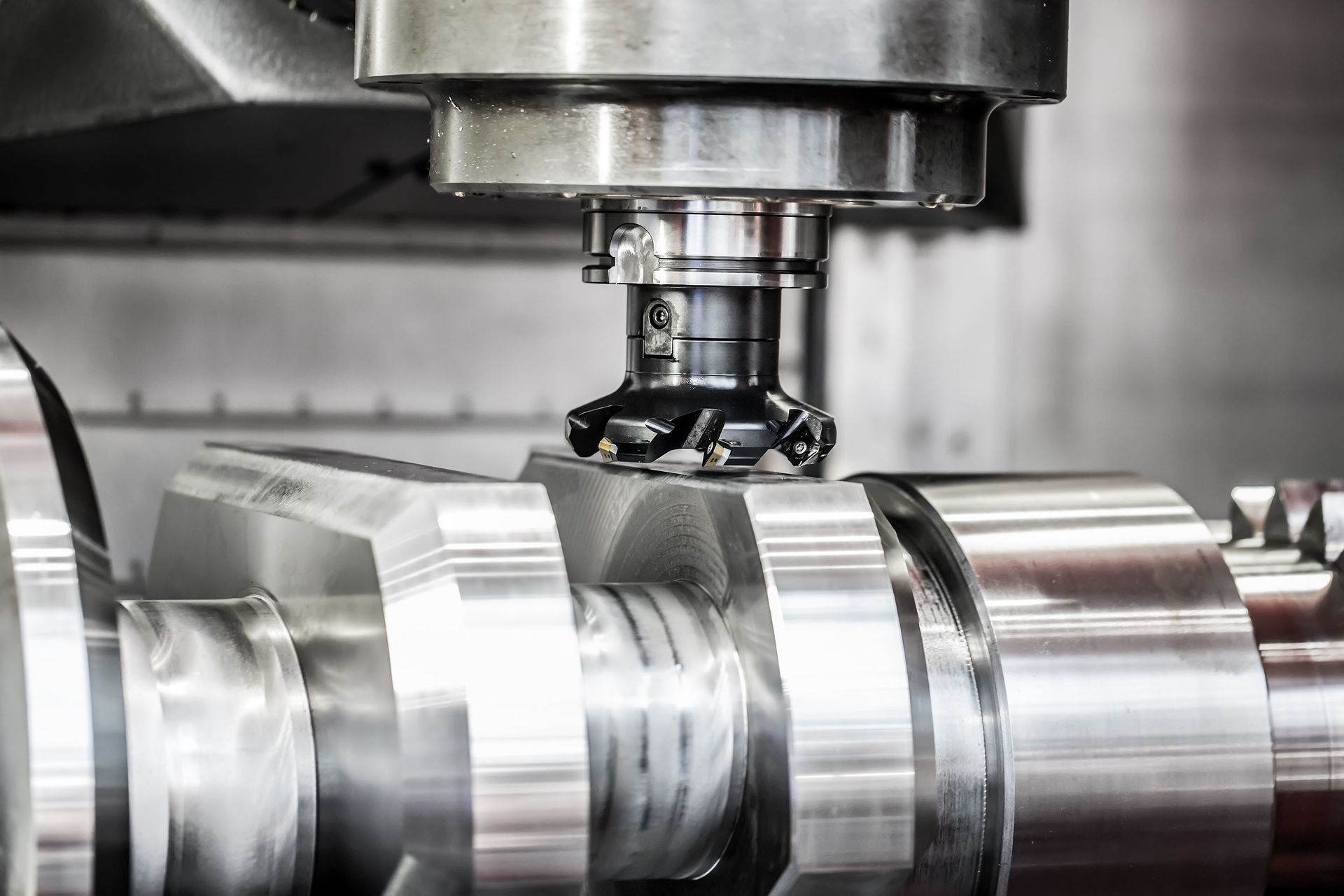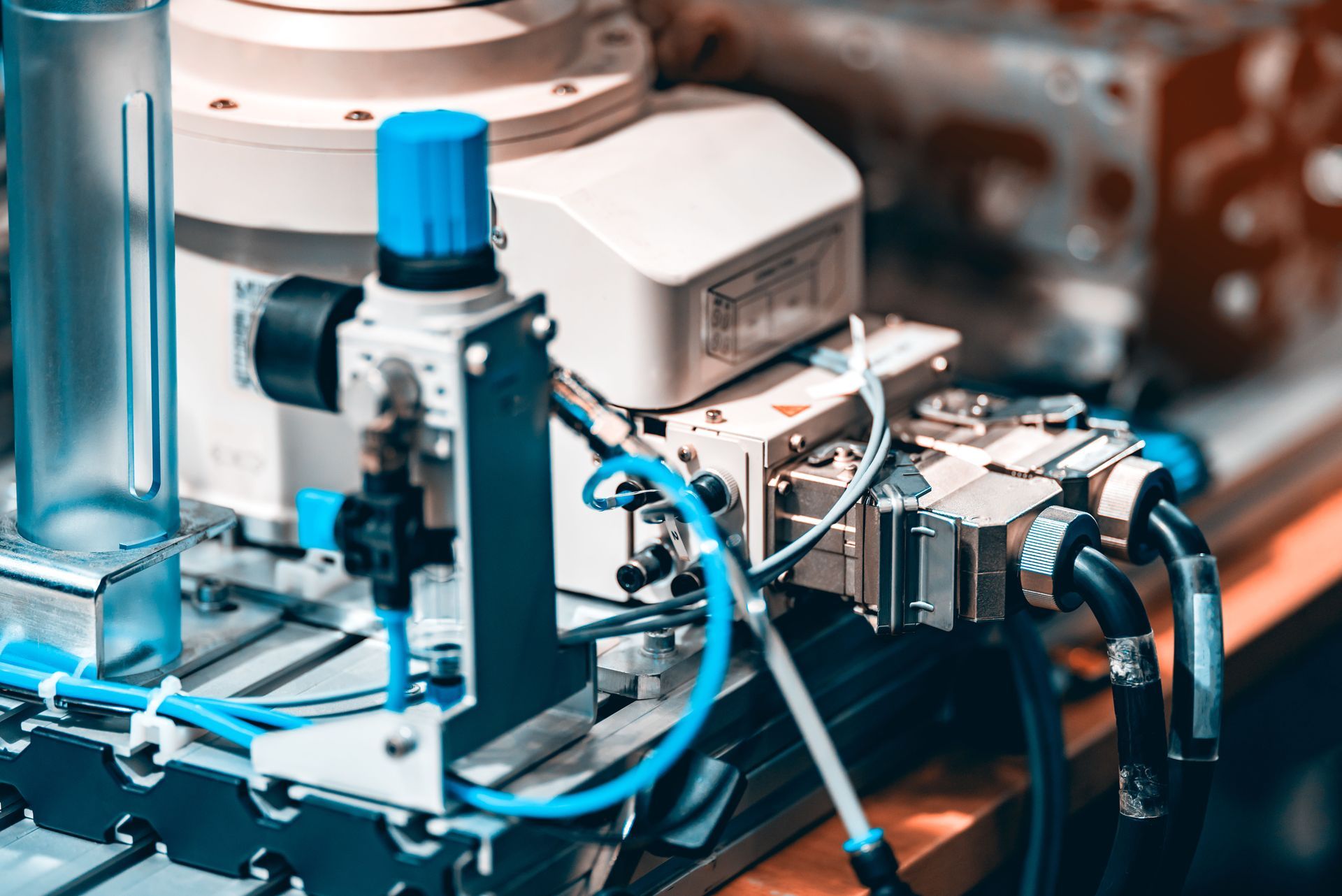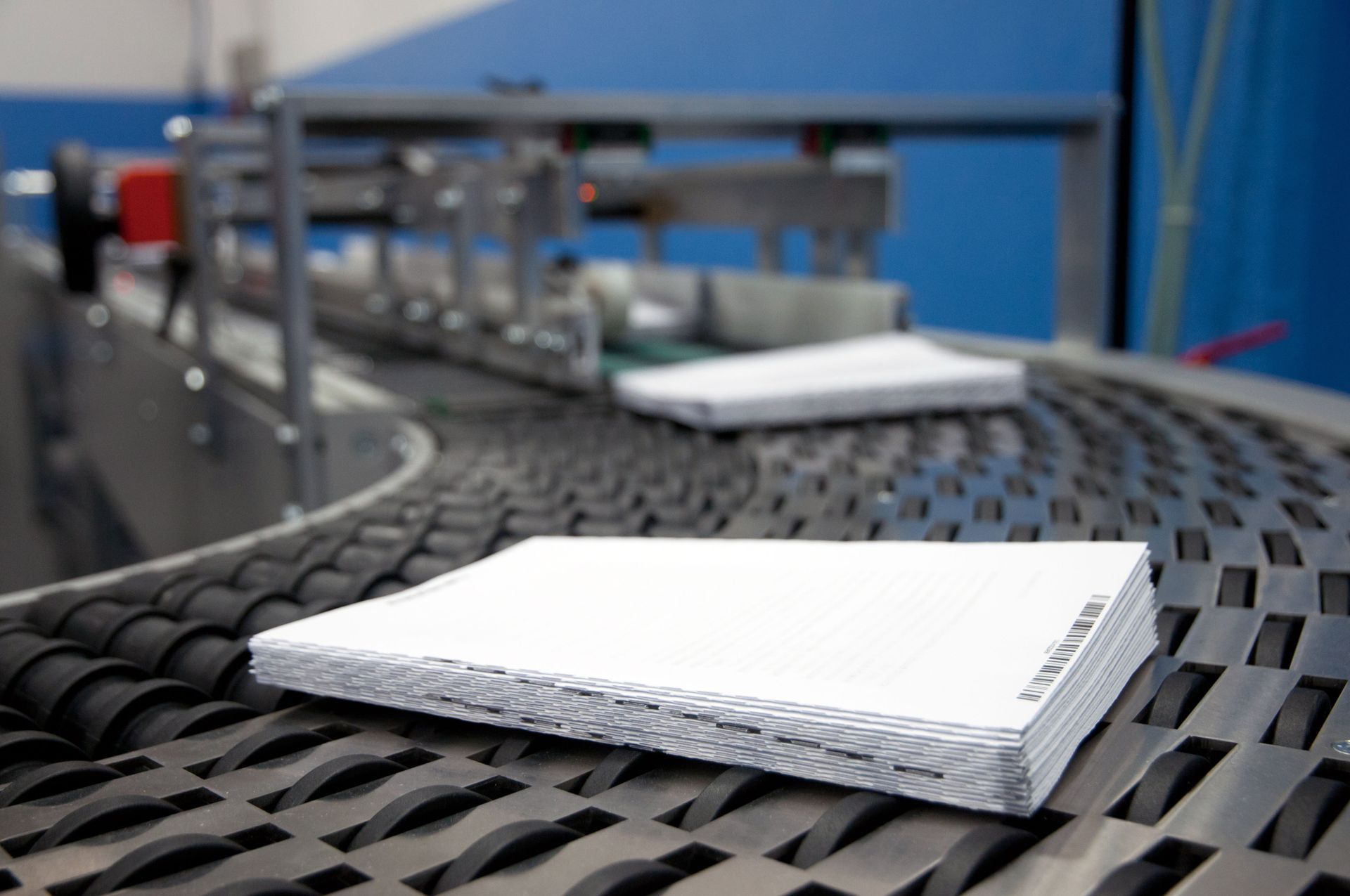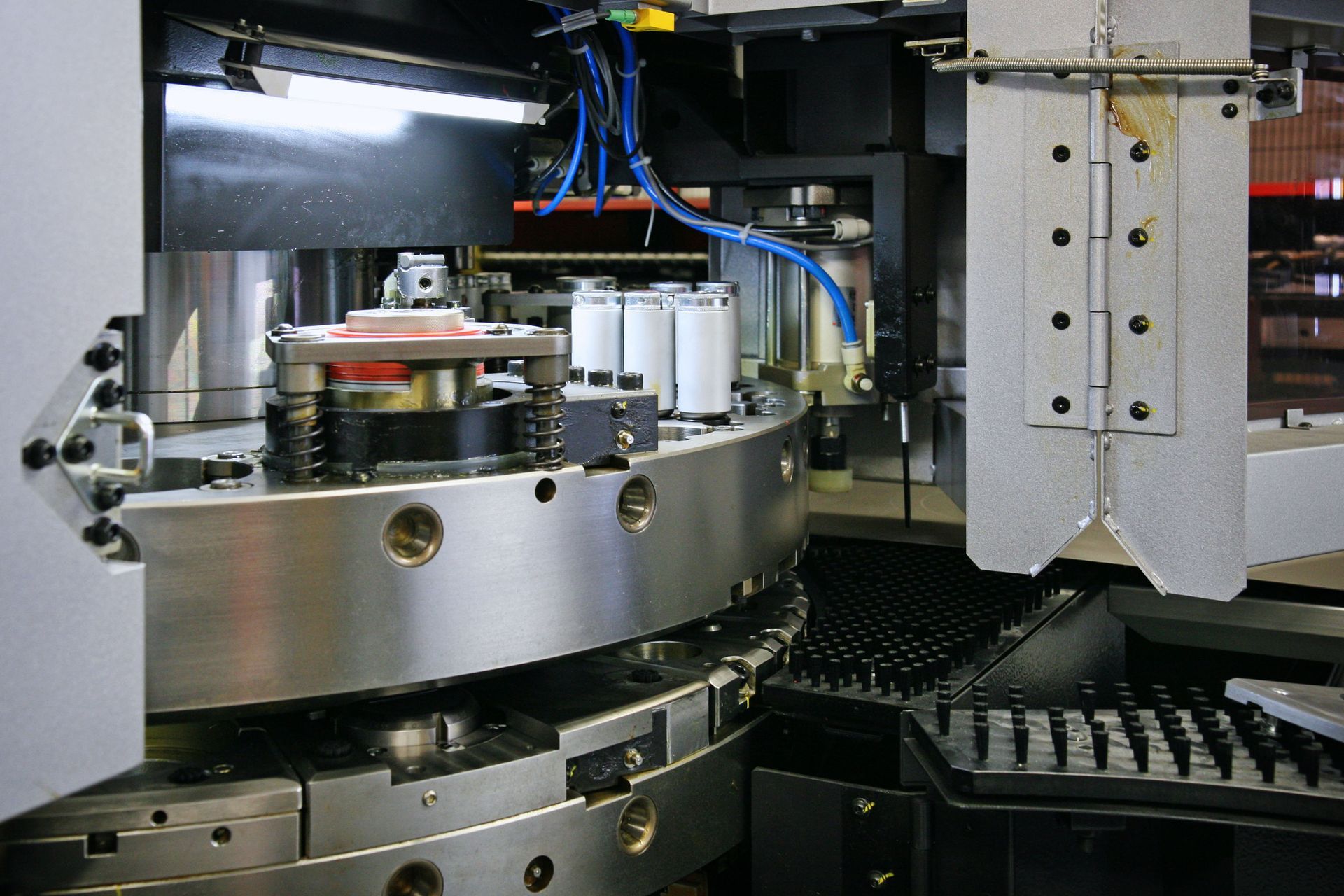5 Safety Tips for Operating Material Handling Equipment
Operating material handling equipment safely is essential for maintaining efficiency, protecting employees, and extending the life of your systems. From manufacturing plants to construction sites, these machines move bulk materials that, if mishandled, can create serious safety hazards. Proper operation not only prevents accidents but also helps ensure smooth workflow and reduces costly downtime.
According to Fortune Business Insights, the global market for material handling equipment is projected to grow from approximately $252.53 billion in 2025 to nearly $390.88 billion by 2032, reflecting an increasing reliance on these systems across industries. With this growth comes a heightened responsibility to operate equipment safely and efficiently. Here are five key safety tips to keep in mind.
1. Inspect Equipment Regularly
One of the simplest yet most effective ways to ensure safety is through regular inspections. Before starting any operation, check your material handling equipment for signs of wear, damage, or misalignment. For bulk material handling systems, this might include inspecting feeder drives, belt elevators, and bulk supply hoppers to ensure they are functioning properly.
Routine inspections help prevent small issues from becoming serious hazards. Keeping a checklist and documenting inspections ensures consistent monitoring, accountability, and early detection of potential problems. Regular maintenance ultimately protects both operators and the longevity of the equipment.
2. Train Operators Thoroughly
Proper training is the foundation of safe equipment operation. All operators should be well-versed in the specific systems they are using, including the functionality of linear drives, rotary feeders, belt elevators, and any custom controls. Comprehensive training reduces the likelihood of accidents caused by operator error and ensures operators understand the proper use of material handling equipment.
Operators should understand load capacity, speed settings, and emergency shutdown procedures for every system they handle. Well-trained operators improve workflow efficiency and help prevent damage to equipment, creating a safer and more productive workplace.
3. Maintain a Safe Work Environment
Even the best equipment can become hazardous in a cluttered or unsafe workspace. Maintaining a clean and organized environment is essential when operating material handling equipment. Keep walkways clear, provide adequate lighting, and ensure that bulk materials and parts are stored in a stable, secure manner.
A safe environment reduces accident risk and supports efficient workflow. Operators can access controls easily, move freely, and perform tasks with minimal interruption. Regular housekeeping and clearly marked pathways further enhance safety and allow operators to focus on their tasks without distraction. Stability around machinery, such as solid-mount linear drives and large-capacity supply hoppers, is crucial for safe operation.
4. Follow Manufacturer Guidelines
Adhering to the manufacturer’s instructions is critical for both safety and equipment longevity. Follow all operational guidelines, load limits, maintenance schedules, and recommended usage practices. Avoid shortcuts or improvisations that could compromise system integrity or operator safety.
Manufacturer guidance is based on extensive testing and experience, and it helps prevent accidents and premature equipment failure. Following these guidelines also ensures that operators are using the equipment safely and efficiently, maximizing both productivity and lifespan. Proper use of feeders, belt elevators, and linear drives ensures the equipment performs as intended, reducing the risk of costly downtime or injury.
5. Respond Promptly to Malfunctions
No system is immune to occasional malfunctions, but how quickly you respond can make all the difference when working with material handling equipment. If you notice unusual noises, vibrations, or performance issues, stop the operation immediately. Avoid temporary fixes that could worsen the problem or create safety hazards.
To address the issue safely, contact trained service personnel or refer to equipment manuals. Timely attention ensures that small problems don’t escalate into major safety risks or costly downtime. Prompt response also protects the integrity of the equipment, helping maintain consistent material flow and reducing wear on other components.
Safety is a shared responsibility when operating material handling equipment. By inspecting equipment regularly, training operators thoroughly, maintaining a safe environment, following manufacturer guidelines, and responding promptly to malfunctions, businesses can minimize risk, protect employees, and ensure the longevity of their systems.
According to Fortune Business Insights, as the material handling equipment market continues to expand, prioritizing safety will remain more important than ever. Implementing these tips helps businesses operate efficiently and responsibly while keeping employees safe. Partner with Homer City Automation Inc to enhance your material handling operations and ensure safety and efficiency every step of the way.






Share On: